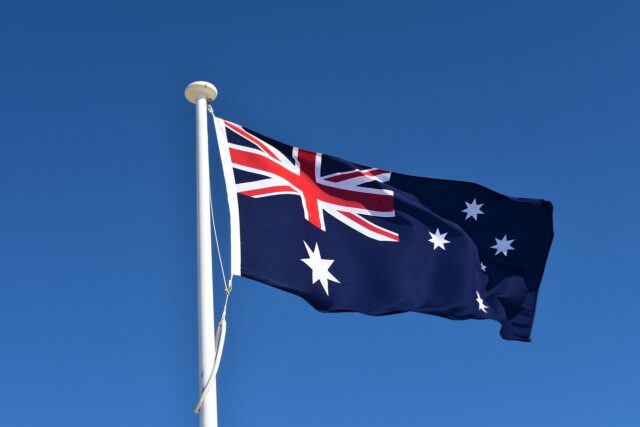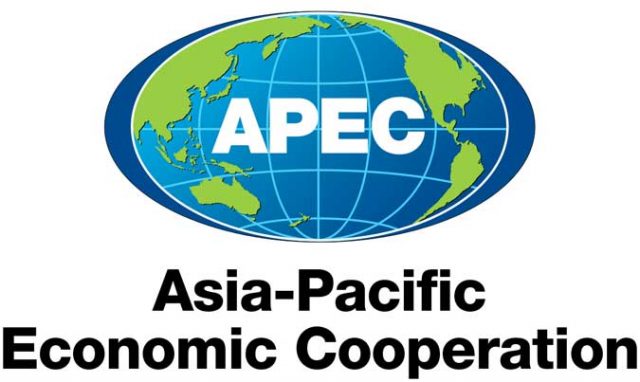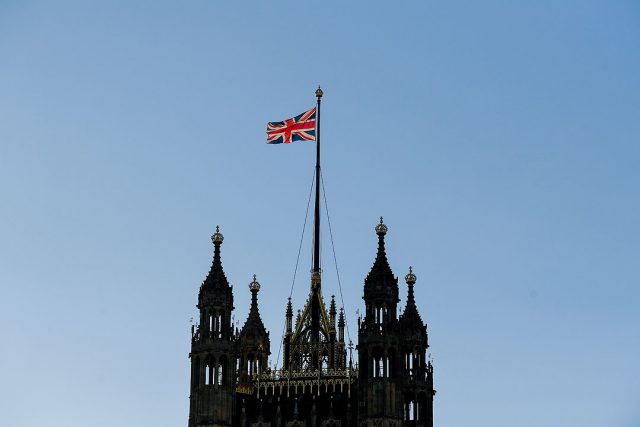NEW DELHI – India, which bans direct advertising of liquor, is set to announce sweeping rules that will bar even surrogate ads and sponsoring of events, which could force firms such as Carlsberg, Pernod Ricard and Diageo to redraw marketing campaigns.
Such “surrogate ads” often get round the ban by ostensibly showing less desirable items instead, such as water, music CDs or glassware garbed in logos and hues linked to their key product, and often promoted by popular Bollywood film stars.
Now they could bring fines for companies and bans for celebrities endorsing tobacco and liquor ads deemed misleading, according to the top civil servant for consumer affairs and draft rules being reported for the first time by Reuters.
“You can’t take a circuitous way to promote products,” the official, Nidhi Khare, told Reuters, adding that final rules were expected to be issued within a month.
“If we find ads to be surrogate and misleading, then even those who are endorsing (products), including celebrities, will be held responsible.”
For example, brewer Carlsberg promotes its Tuborg drinking water in India, with an ad showing film stars at a rooftop dance party and the slogan “Tilt Your World”, which echoes its beer ads elsewhere, emblazoned with the message: “Drink Responsibly”.
Competitor Diageo’s YouTube ad for its Black & White ginger ale, which has drawn 60 million views, features the signature black-and-white terriers from its scotch of the same name.
The changes threaten a seachange for liquor makers in India, the world’s eighth-biggest alcohol market by volume, with annual revenues Euromonitor estimates at $45 billion.
Growing affluence among its 1.4 billion people makes India a lucrative market for the likes of Kingfisher beer maker, United Breweries, part of the Heineken Group, which has more than a quarter of market share by volume.
Popular for their whiskies, Diageo DGE.L and Pernod PERP.PA, taken together, have a market share of about a fifth, while for Pernod, India contributes about a tenth of global revenues.
The new rules call for “prohibition against engaging in surrogate advertisement”, which extends to sponsorships and ads for products viewed as “brand extensions” that share the characteristics of an alcohol brand, the draft said.
Penalties under the new rules rely on consumer law, opening manufacturers and endorsers to fines of up to 5 million rupees ($60,000), while promoters risk endorsement bans running from one to three years.
Carlsberg declined to comment, while other companies did not respond to Reuters’ queries, including those on sales of non-alcohol products.
Members of the International Spirits and Wines Association of India, which represents Diageo and Pernod, “are committed to a compliant way of building brand extension businesses,” said its outgoing chief executive, Nita Kapoor.
The group was in talks with the government and supported advertising of “genuine” brand extensions, she added.
HEALTH IMPACT
The World Health Organization says bans or comprehensive curbs on alcohol advertising “are cost-effective measures” in the interest of public health.
Its data shows India’s consumption of alcohol per person will rise to nearly 7 liters in 2030, from about 5 liters in 2019, a period over which fellow Asian giant China’s consumption will drop to 5.5 liters.
And alcohol-related deaths in India stood at 38.5 for every 100,000 of its population, versus 16.1 for China.
Ms. Khare said India’s draft followed a review of global best practices, in countries such as Norway, which bans ads for alcohol and other goods relying on features of a liquor brand, in curbs that researchers say have cut alcohol sales over time.
The new draft rules prohibit marketing of items such as soda or music CDs employing a “similar label, design, pattern, logo” to that of alcohol products, explicitly targeting efforts to get around current bans.
Ads for items such as glasses and soda cans allow “brand names to appear in all their ads, creating its recall value for the consumers,” however, the draft states.
The new rules follow warnings to some liquor companies, such as Pernod, and some domestic tobacco firms to halt misleading ads, a senior government source said, speaking on condition of anonymity.
India is not against brand extension ads, the official added, but wants them to properly depict the product being showcased, rather than giving consumers the impression that the ad is for a liquor brand.
One India video promoted by Pernod, ostensibly for glassware products linked to its whisky brand, Blenders Pride, shows Bollywood star Alia Bhatt walking a ramp under flashing disco lights, and saying, “My life, my pride.”
While it has a logo similar to that of the whisky brand, the video, which also appears on the website of the Blenders Pride Glassware Fashion Tour, shows no glassware products. – Reuters












